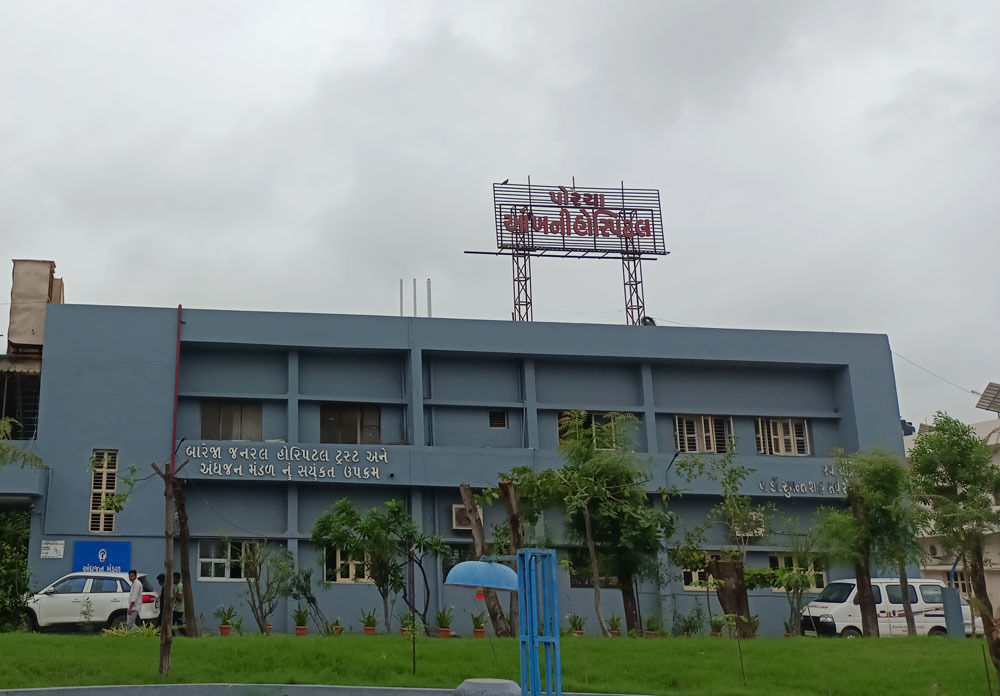Blindness and visual impairment continues to be a major public health problem in India. Availability and easy access to primary eye care services is essential for elimination of avoidable blindness. ‘Vision 2020: The Right to Sight – India’ envisaged the need for establishing primary eye care units named vision centers for every 50,000 population in the country by the year 2020. The government of India has given priority to develop vision centers at the level of community health centers and primary health centers under the ‘National Program for Control of Blindness’. NGOs and the private sector have also initiated some models for primary eye care services.

In the current situation, an integrated health care system with primary eye care promoted by government of India is apparently the best answer. This model is both cost effective and practical for the prevention and control of blindness among the underprivileged population. Other models functioning with the newer technology of tele-ophthalmology or mobile clinics also add to the positive outcome in providing primary eye care services. This review highlights the strengths and weaknesses of various models presently functioning in the country with the idea of providing useful inputs for eye care providers and enabling them to identify and adopt an appropriate model for primary eye care service.
The Porecha eye hospital (A unit of Blind People’s Association) has been started in the year 2003 on 19th of January in the worthy hand of Mr. Indravijaysingh K. Jadeja, Minister, Health and Family Welfare, Govt. of Gujarat.The hospital provides comprehensive eye care services to more than 100000 (One Lakh) population every year.
On an average, nearly 40 cataract surgeries are done at the hospital every day. The department is fully equipped to do all forms of cataract surgeries with the cutting edge technologies, ensuring highest quality care.
The aim of the Eye Hospital is avoid avoidable blindness and create a society, where a visually impaired enjoys the same rights, responsibilities & opportunities. It seeks to reach the unreached by emphasizing on the premise “ Getting sight as a right” .
The major Objectives to fulfill the needs are;
What started out as an altruistic idea of preventing needless blindness and serving the poor has now exceeded all its initial ideas and dreams. We have a state-of-the-art hospital which is charitable in nature and totally professional and modern in its management, approach and specialties.
The hospital provides comprehensive eye care services to the needy in more than 1000 villages and covering over 7 Districts. From a simple cataract surgery performing hospital, we now have super specialty in retina, glaucoma, pediatric eye care and low vision assessment and rehabilitation.
Dr. DHARMENDRA KUMAR JENA
(PhD in Management )
Deputy Director – Healthcare
Address:- Porecha Eye Hospital, Opp. Pragati Hotel, Ahmedabad-Kheda Highway, Bareja, Daskroi, Ahmedabad, Gujarat – India
Mail: nheyehospital@sancharnet.in
Mail: bpabareja@gmail.com
Mobile: 9879675979, 8320653276,
9429026682, 9327547205
©2024 BPA EYE HOSPITAL. All Rights Reserved.